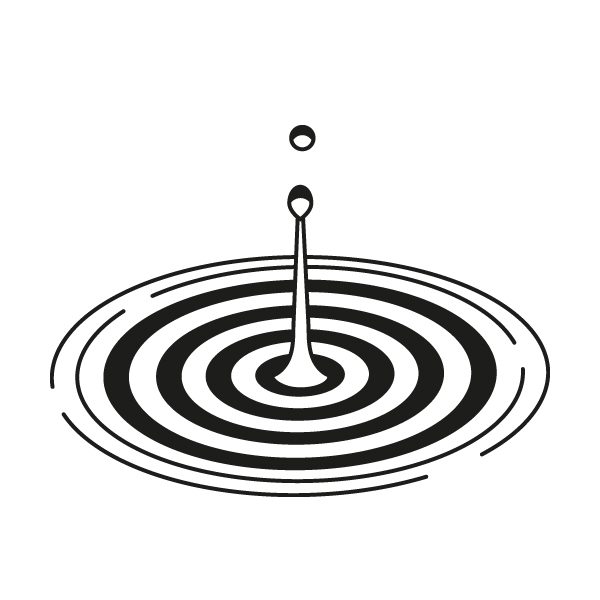People vs. Companies
Extraordinary performance comes from being different.

Capital Thinking • Issue #149 • View online
From the Collaborative Fund blog, Morgan Housel gives us three very significant downsides that affect large organizations. You might want to pay special attention to that last point on the list because it’s far more prevalent than you may realize.
And from Farnam Street, we get a glimpse into the the thinking processes of Buffett, Munger, and Co. - something most of us could use a little help with from time to time. Just don’t make the mistake of thinking it will be easy.
There’s a cool story from Seinfeld about how the idea for one of the funniest scenes in the show’s history didn’t come from the show’s writers. It came from the lighting crew – literally the guy who stands on a ladder with a big light to make sure the actors look good. The idea was so funny they had to shoot the scene more than a dozen times because Jerry couldn’t stop laughing.
Actor Bryan Cranston, who was in the scene, remarked:
I think a very smart CEO of any company, big or small, has a policy where they listen to every suggestion and idea — best idea wins. That’s how it should be. Best idea wins. And you never know where it’s gonna come from.
This is insightful advice because it’s not common. It’s not how most organizations operate.
Read More at the link below ==>

Second-Order Thinking ...

First-order thinkers look for things that are simple, easy, and defendable. They fail to realize that they are dealing with complex systems, or if they do realize it, they mistake cause-and-effect relationships. They are incapable of thinking in terms of second and subsequent steps. And, more fundamentally, they are generally unaware of the need to think in terms of second steps.
Second-order thinkers, on the other hand, think in terms of interactions, time, and system dynamics. They are aware of iatrogenics and our bias toward intervention.
“It’s not supposed to be easy. Anyone who finds it easy is stupid.”— Charlie Munger
First-level thinkers all look alike. They think the same way other first-level thinkers do, and they usually reach the same conclusions. This is where things get interesting.
Extraordinary performance comes from being different.
It must be that way. Of course, below-average performance comes from being different, too—on the downside. But the road to out-thinking people can’t come from first-order thinking. It must come from second-order thinking.
Read more from Farnam Street at the link below: ==>

*Feature post photo by Tim Mossholder on Unsplash

